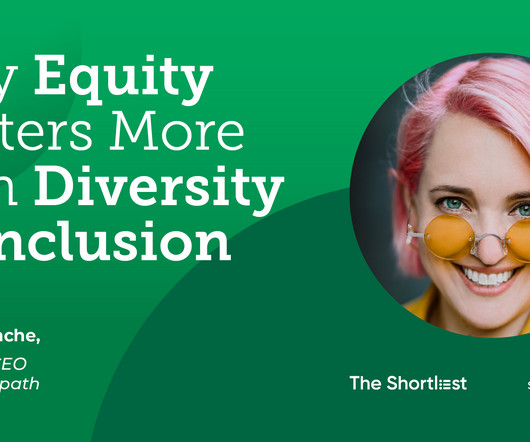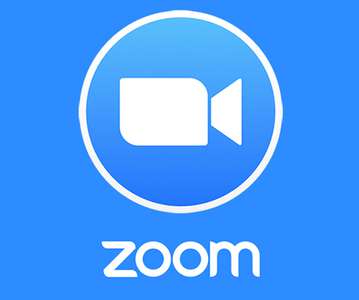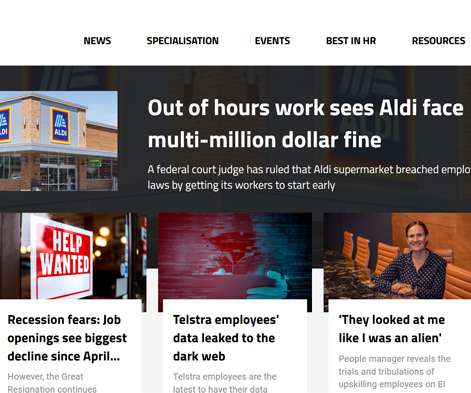How to Recruit Gen Z: Understanding Their Values and Aspirations
4 Corner Resources Staffing Blog
AUGUST 28, 2023
It’s called Generation Alpha, and it’s loosely defined as beginning around 2010). Digital natives While most Millennials can remember sitting and waiting for dial-up internet to take them to their Netscape Navigator home screen, Gen Z-ers have grown up with tablets and smartphones in hand. Those are the ones we’ll be discussing here.




























Let's personalize your content